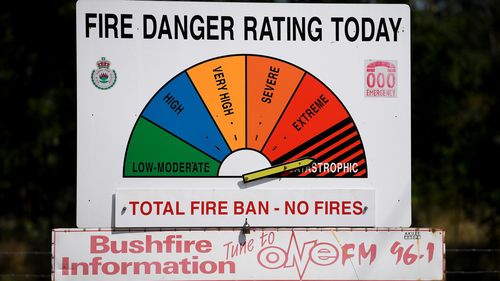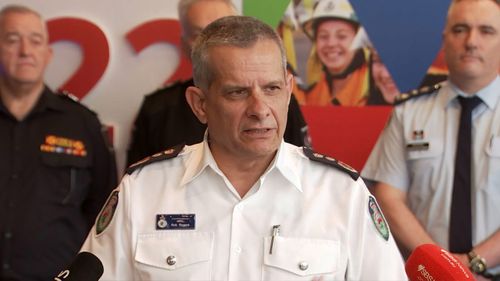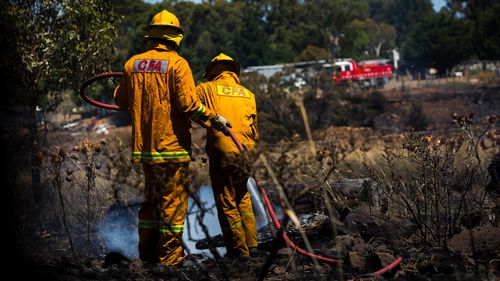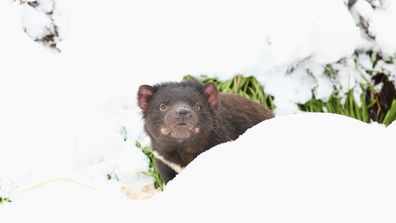
“We know looking back at past years when it has been wet like this in NSW, Queensland and many other parts of Australia the fire conditions tend to be less severe than in years like 2019 when we were in a drought,” he said.
Jones added Australis is 70 per cent likely to see another La Nina season meaning wet conditions are set to continue.
“La Nina is not an on-off switch near La Nina conditions might give you similar conditions to a full-blown La Nina,” he said.

Here is a state-by-state breakdown of this year’s fire season.
New South Wales
NSW Rural Fire Service Commissioner Rob Rogers said the state can expect to see a normal fire season despite the east coast experiencing wetter than average conditions.
“Only areas that have below-average fire risk are those areas that were heavily brunt in the 2019/2020 fire season,” he said.
However, the ongoing heavy rainfall is expected to curb the risk of a heightened number of grassfires.
“That is very different than what it would be if we weren’t having this ongoing rain because what’s happening because huge amounts of grassland growing in western NSW and once that dries out that’s going to be a huge risk for us,” Rogers said.

Grassfires are a key concern this season across Australia due to the rainfall leading to large grass growth.
Over the next three months, Victoria’s Country Fire Authority Chief Officer Jason Heffernan said there will be normal fire conditions in western parts of the state.
He added there is a high risk of grass fires this year.
In good news, there is a below-normal bushfire danger in eastern parts of the state.

Australian Capital Territory
ACT Chief Fire Officer Rohan Scott said the territory will see a below-normal bushfire risk during spring due to recent heavy rainfall.
“There was a very wet start to August with an average rainfall falling in one day which has given us a below-normal fire rating for spring,” he said.
Queensland
The heavy rainfall which has led to significant flooding across Queensland will continue through spring.
Despite this, Queensland Fire and Emergency Service Commissioner Greg Leach warned there will be a normal bushfire season.
“We are unlikely to see the sorts of bushfire events of long duration we saw during 2018 and 2019 but we are likely to see a number of grassfires,” he said.
South Australia
South Australia can also expect a normal fire season during spring and summer.
“A normal fire season is not good news because it means we will have large fires and risk to people here,” South Australia Country Fire Service Chief Officer Mark Jones said.

Western Australia
Significant bushfire risk is posed for Western Australia, particularly in the north of the state this year.
Western Australia Commissioner Darren Clem said the northern parts of the state are already experiencing the fire season and the bushfire risk for southern parts of the state will begin in December.
Northern Territory
The Northern Territory is already feeling the heat with a number of bushfires at the end of the dry season with it expected to continue through spring.
“We are likely to see prolonged and consecutive fire weather events that increase into severe fire danger and above,” Northern Territory Assistant Chief Fire Officer Joshua Fischer said.

Central Australia, particularly Alice Springs, is at risk of an above-normal fire season.
“We have a really good continuous fuel load across Alice Springs which is why we have declared above-normal fire potential in the Alice Springs region,” Fischer said.
“Last time we saw these fuel loads was in 2011 when we saw 40 per cent of central Australia impacted by fire over that spring and summer period.”
Tasmania can also expect to see an average fire season through spring and summer.
“An average season means that at times there will be fire burning in the landscape out of control,” Tasmania Fire Service Chief Officer Dermot Barry said.









